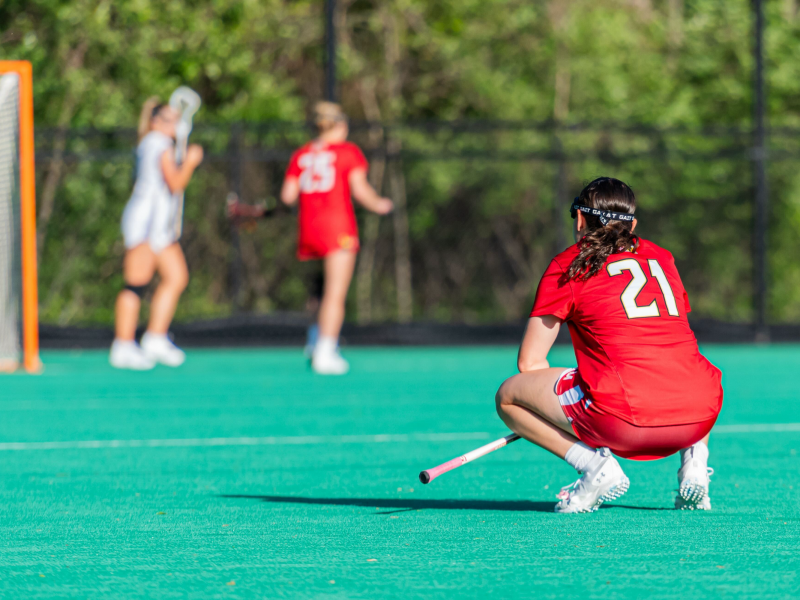
As a freshman, biology major Maddie Lee enrolled in introductory-level science courses, held in 300-seat lecture halls that sharply contrast to her private high school classes.
Rather than small classes with teachers that knew her by name, Lee, now a junior, found herself expected to pass on her own, with less involved teachers and more material to learn.
And, though Lee said she didn’t have a problem learning in the environment, it is one in which many students struggle.
“Most of the science classes I’ve taken are Power Point-based, with teachers going through slides and expecting students to answer clicker questions,” Lee said. “There’s so much information to cover that we don’t spend time interacting or discussing things, really.”
This lecture format, traditional on college campuses, de-emphasizes active learning, which has been touted by educational philosophers for years, said Solomon Comissiong, the Nyumburu Cultural Center’s student involvement and public relations assistant director.
And a recent study of students at University of North Carolina at Chapel Hill suggests not incorporating active learning in curricula means missing out on tangible benefits for students.
In the study, published in the journal CBE-Life Sciences Education, researchers studied six one-semester intro-level biology courses. For three of the semesters, the lectures were traditional, and three semesters incorporated more in-class activities and online exercises.
The study found active learning components raised average test scores by more than three percentage points and reduced the number of exam failures across student test subjects.
That increase doubled, to more than six percentage points, for black and first-generation college students — eliminating the gap between first-generation students and others.
“It’s not rocket science: We know that students from higher poverty areas have schools that are not as well resourced as schools in affluent areas,” Comissiong said. “And a high prevalence of those students are black or brown or Latino. When they come to college, often times, they are coming from schools that were vastly underfunded.”
Entering this university might involve a new learning style for them, Comissiong said. A lack of engagement in lectures or with course material, combined with the isolation students may already feel, could result in withdrawal over time.
“If you go into the classroom and instructors are talking at you, not talking to you, and not encouraging you to chime in, it’s easy to slowly but surely fall through the cracks,” he said.
Comissiong said he incorporates as much active learning and class participation as possible in his courses at the university and encourages it through his outside consulting work.
“You can find experiential learning opportunities within virtually every discipline, everything from the sciences to social sciences, really,” he said. “It is incumbent upon the professor or instructor to use their imagination; there are almost an unlimited number of projects they could come up with.”
To encourage this creativity, Comissiong proposed instructors attend professional development workshops to develop new ideas that they can incorporate into lectures or course syllabuses.
This university currently has a cohort of faculty involved in redesigning courses around the incorporation of active learning, said Stephen Roth, the director of outreach and instructional innovation for the Teaching and Learning Transformation Center.
The active learning elements in their efforts vary, Roth said, including group projects, debates, peer editing, case studies and small-group engagement during lecture.
They hope to continue the cohort’s efforts next year, and over those two years, expect to touch “nearly 50 courses on campus to improve student learning,” Roth wrote in an email.
He added that already on campus, many I-series and scholarship-in-practice courses already hold active learning as a central theme for instruction.
For Lee, the lack of active learning in her classes is not something that has negatively affected her studies, she said, adding that not every student may be similar to her.
“It definitely puts the initiative on the student; they’re expected to pass on their own or seek out help in office hours themselves,” Lee said.
But for Comissiong, mundane courses or pedantic lectures mean missing out both on actively engaging students and bettering instructors.
“Students and times change, and no two students are ever exactly the same, like grains of sand,” he said. “In an ideal learning environment, there’s quid pro quo, a give and take between professors and students, and they learn from each other. That’s active, and that’s the best environment possible.”


